Upon reflection of all the articles I have written, this should be a travel and food blog instead of a travel and finances blog. I enjoy writing about finance just about as much as I like talking about money. But I love food and I really enjoy telling you all about my adventures in all things gastronomic! Medellín, Antioquia, Colombia, has been an absolutely wonderful place to eat and cook and shop. While I already told you about the amazing food tour I took in Laureles, let me tell you about the other amazing foods I found in the area.
South American Salmon?
Having just traveled from Seattle, USA, I was very surprised to find salmon here in Colombia. Where does it come from, you ask? Well, you see, humans did this thing where they introduced Chinook Salmon to the country of Chile, you know, for the humans. Not the best for the environment, but delicious for me. The articles that I found about introducing salmon to South America are fascinating, but I won’t bore you with all the details. Just know that much like in Jurassic Park, “life, uh, finds a way”.
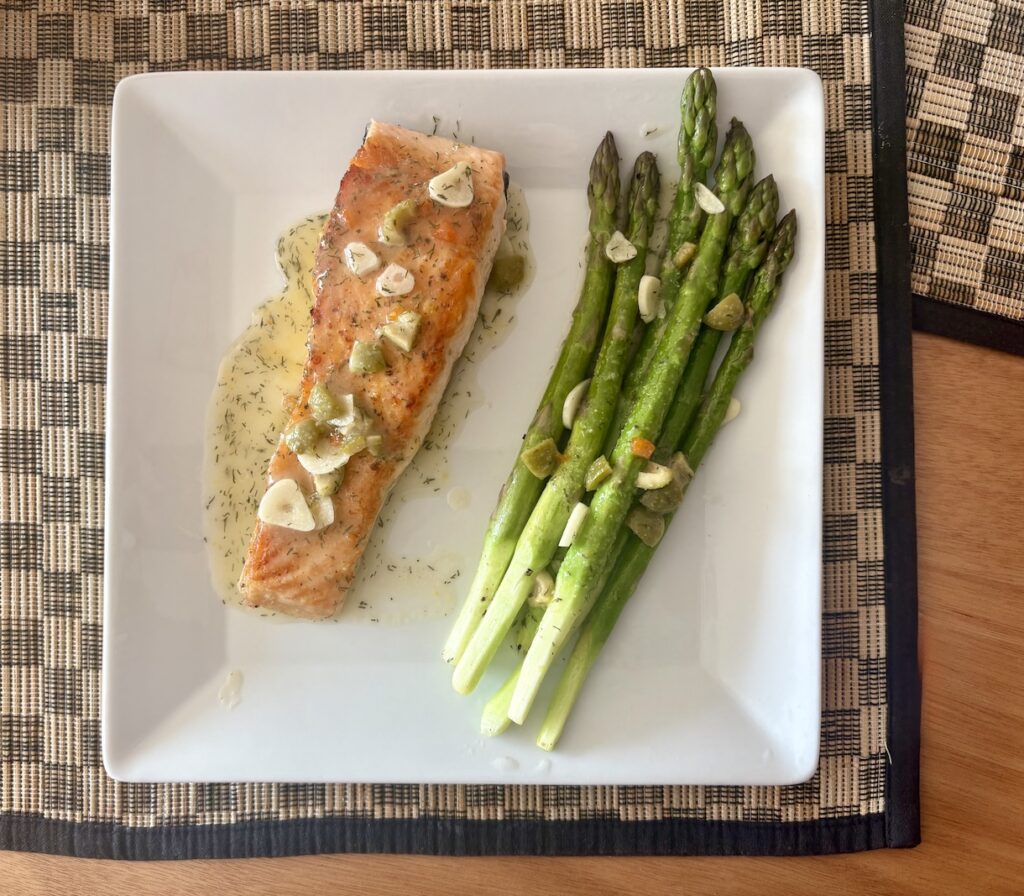
My new fancy apartment has an oven, so I can roast some asparagus with that salmon and have a very Seattle inspired meal. It was so good, but a bit on the expensive side. If you want to live on the cheap, you need to eat local. That means arepas and yucca flour cheesy-buns (pandebono)! My first sampling of pandebono came from the freezer section of the grocery store. I completely misread the Spanish directions on the packaging and burned the crap out of the first couple I threw into the oven. The next two were much better!
After that, I was hooked, but I knew I could make them for way cheaper than anything pre-packaged. The ingredients are yucca flour (or cassava starch), masarepa flour, shredded fresh quesito cheese, and an egg. Mix, bake, enjoy, freeze leftovers. Noms! I also completely forgot to tell you all about the sweet corn arepas served with cheese (choclo or chocolo) I had on my local food tour of Laureles, but I just had to make these delicious delights at home.
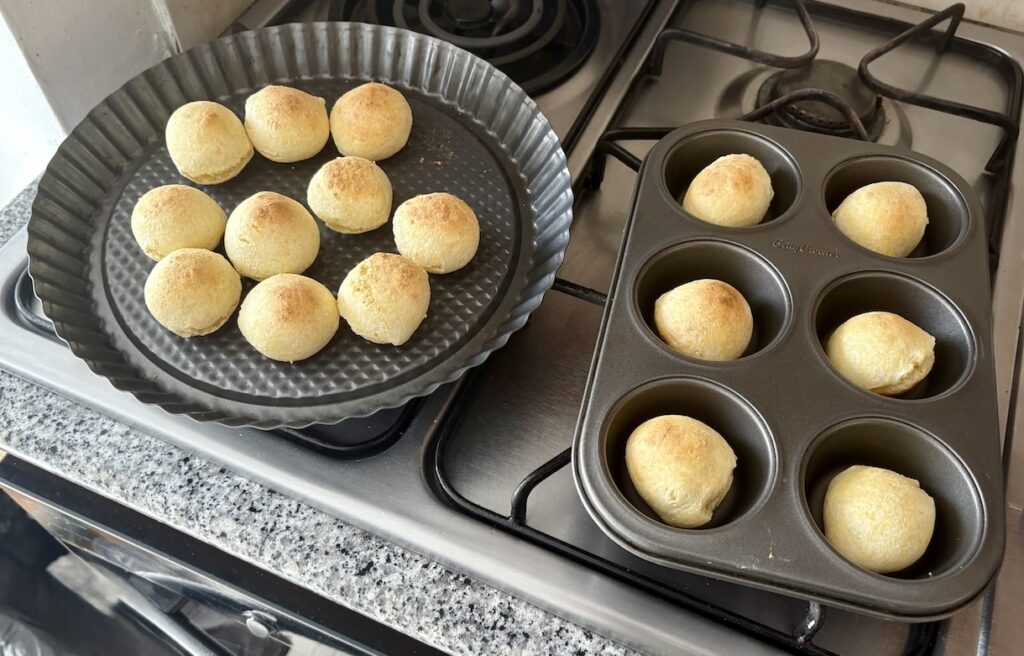
Fresh corn is hard to find
The grocery store sells several flour/sugar mixes for choclo, but they all have gluten. Unless I want to be in some serious pain for several weeks, it’s best I avoid the glutens. On the food tour, our guide said the chocolos were gluten-free. This likely means fresh corn, not flour, was used to make them. Well, it’s not fresh corn season, so I had to settle for frozen kernels. Even so, they turned out amazing and rich and delightful!
Fresh corn was not the only ingredient that I had a hard time sourcing. I already told you about my adventures searching for Napa cabbage. That was crazy! It was also difficult to find bell peppers. When I found them, they didn’t look great and were very expensive (not as expensive as in Seattle, though!). I switched over to chilies dulces, which are very similar to bell peppers. My search for Napa cabbage also revealed a lack of jicamas in Medellín. Sigh.
I couldn’t find jicama for kimchi, which disappointed me because it’s so good. However, I found arracacha which is like a delicious white carrot of sorts. It has a wonderful flavor and I recommend you try this in Colombia. I actually had a really hard time getting any sort of Asian ingredient. Medellín is this massive city, but I found more Asian ingredients in tiny Costa Rican towns. So surprising!
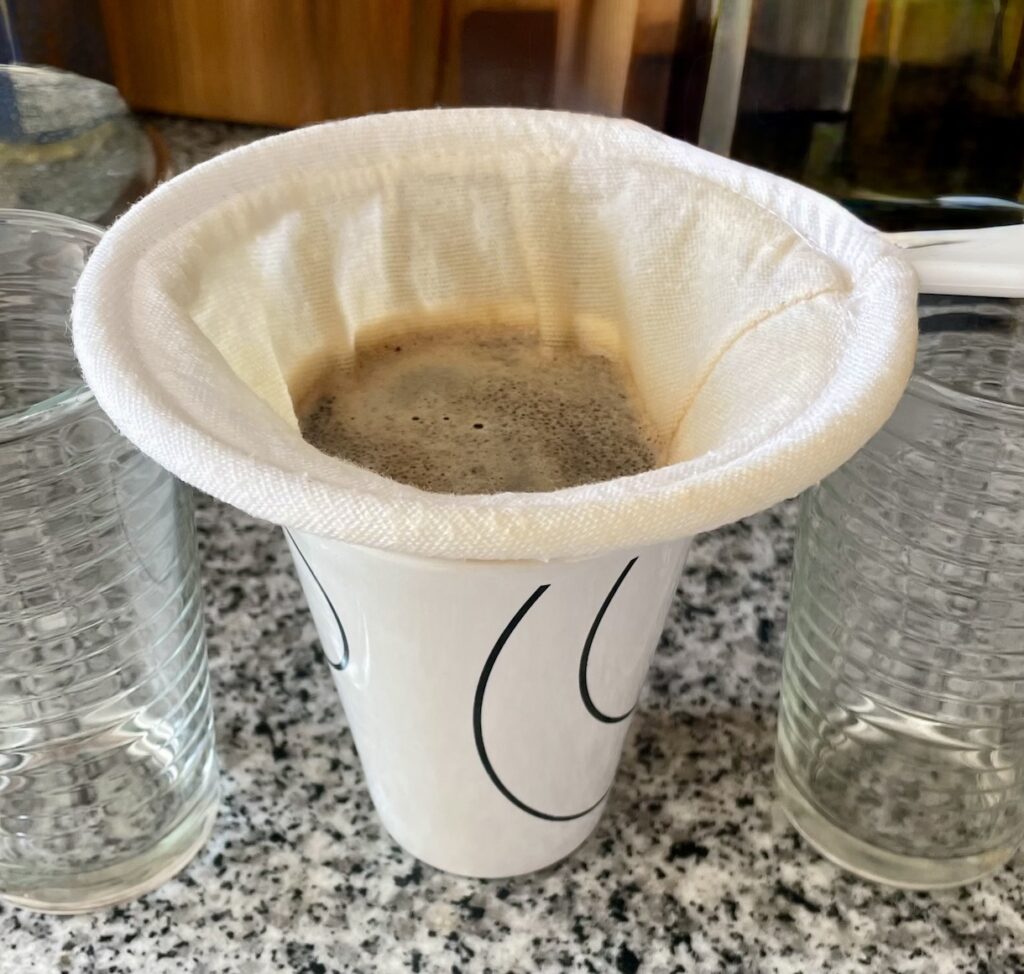
Wine!
But what Costa Rica lacks that Colombia excels at is lovely, inexpensive Chilean wine! Holy Jibbers! So good with so many varieties. Carménère turned out to be my favorite. It took some real courage to grab a bottle when I’ve never even heard of that varietal before, but I was not disappointed. Sometimes you just have to go for it and stick it in your gob!
With that in mind, I tried many brands of rum before settling on a local one. Not as good as the local rum in The Dominican Republic, but I’m not in the Caribbean right now, so it kind of makes sense. (Side note: during my very recent travels to Puerto Escondido, México, I was lucky enough to try Havana Club rum, made in Cuba, in an airport lounge. Holy crap, that is delicious rum! How have I not had this before, you ask? USA law bans importing anything from Cuba. Sigh. Bacardi produces a spirit in Puerto Rico sold under a competing “Havana Club” brand. It’s not as good.)
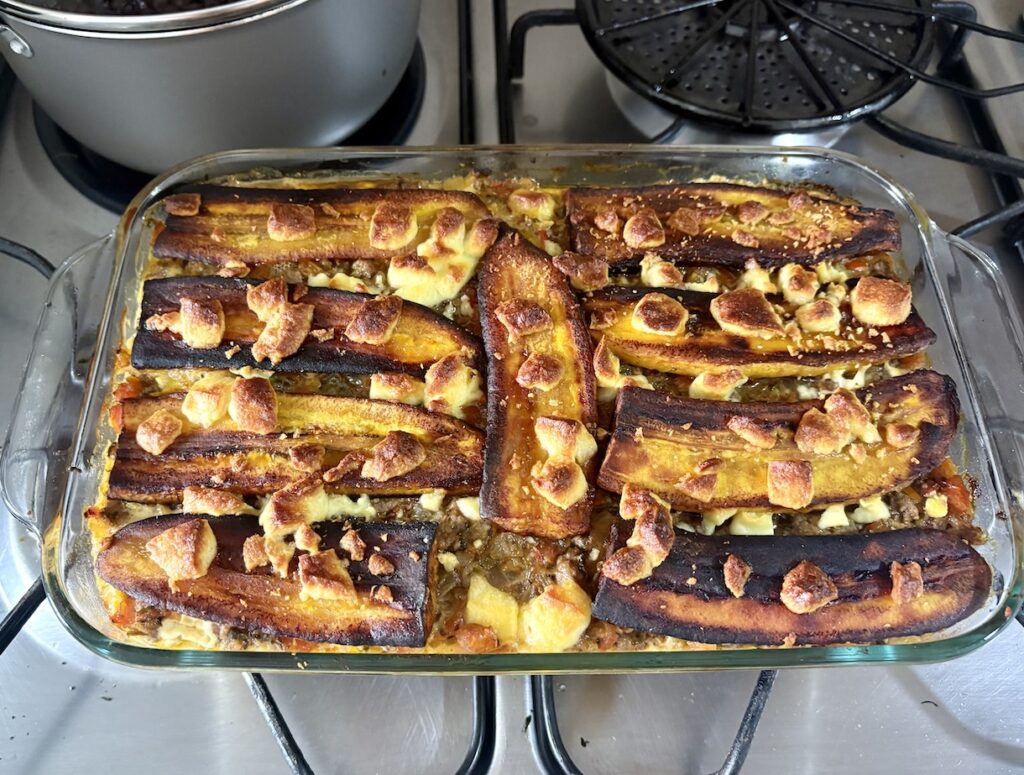
During the Laureles local food tour, our guide let us try a hyper-local licorice flavored alcohol named Aguardiente. This is the drink you take to a party if you want everyone to love you! Each region of Colombia has its own brand which varies slightly in taste, and it’s almost illegal to transport Aguardiente from one region to another region (you may or may not have the alcohol confiscated). The government of the region fully controls the local Aguardiente production and all proceeds on this beverage go to local schools. I’m all in for funding education. So every time you toast you can exclaim, “for the children!”
How big do beets get?
Some of the first things I spotted while cruising around the markets were massive, bright purple beets. Gorgeous-gorgeous beets! And I have an oven so I got to make oven roasted beets. They were absolutely delicious. However, it truly is terrifying to get blood-red beet poops along with pink pee after just arriving on a new continent. Am I dying? Do I know how to call for help if needed? Do I even know my address right now?
Lucky for me, I’m not dying. But, just in case, I’m glad that I’m in an area that is flush with urgent care facilities and fancy healthcare services (I got my teeth cleaned up the street and they did an amazing job). As if I didn’t learn my lesson the first time, I decided to make my cousin’s fiancé’s famous Ukrainian Borscht with shredded beets. I could not find parsley root, but the arracacha worked wonderfully. It was so good! But again with the scary beet-poops. What can you do? It was definitely worth it.
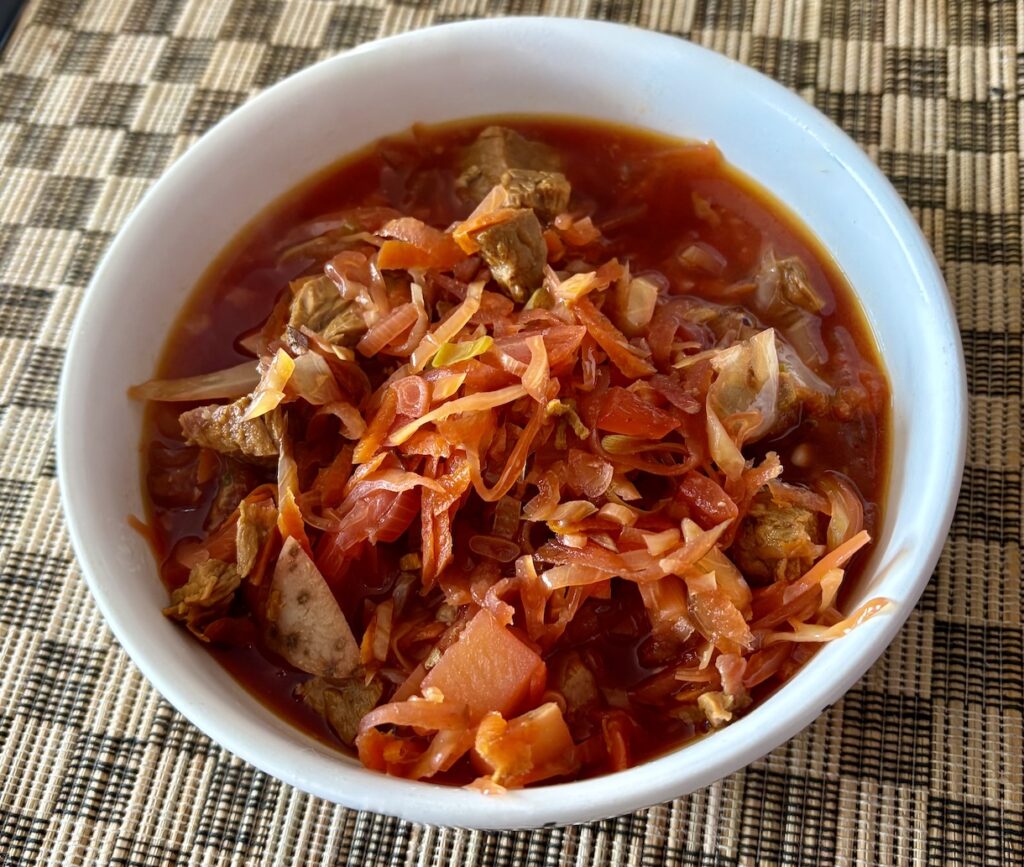
What was not worth it was my attempt at gluten-free baked empanadas. You can make them with yucca flour!!! But what you can’t make them with is yucca starch. Turns out flour and starch are very different for baking and I used starch. The breading ended up being kind-of chewy with a weird texture. I ate them anyway because I don’t like to waste food, but they were not pleasant.
Other adventures in local food
Sometimes when I’m at the store, I’ll spot a fruit or vegetable that is new to me and buy it with the intention of more research later. I’ll get home and grab my laptop to figure out how to tell when the thing is ripe, how to cut it, and how to eat it. That’s how I discovered the very sour citrusy lulo fruit (naranjilla), which you can use to make Lulada (a Colombian lulo drink). Delightful! I also grabbed a tree tomato (tamarillo or tomate de arbol) which looks and tastes a bit like a tomato but is tart and tangy, similar to guava.
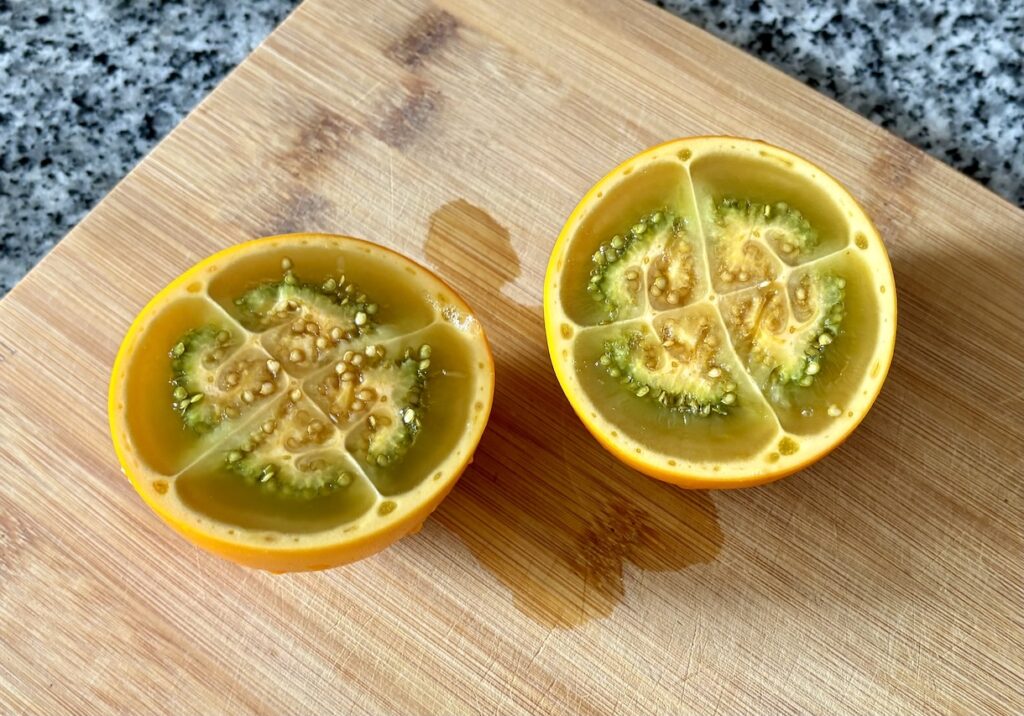
One more fruit that I picked up that I could not get enough of is locally called uchuva (aka: goldenberry, Peruvian groundcherry, Cape gooseberry, Physalis, Inca berries, Poha… I could go on). Uchuvas look like yellow cherries but taste a bit like dried cranberries, sweet and tangy. Husks contain the fruit, similar to tomatillos (because of their relation), but sellers remove the husks before sale, leaving them slightly slimy, though not unpleasantly so. I ate so many of these that my jaw got really sore! So good!
And yet another fruit that threw me for a loop was the local tomato. They look like sad Roma tomatoes and I was really reluctant to buy them. Nobody likes mealy tomatoes! But then I took the leap and discovered that they are chonto tomatoes, which are absolutely amazing. They have green (or yellow) seeds and have a wonderful delicate flavor. Before I tried the chonto variety, I was avoiding making dishes that called for tomatoes, but after I tried them it was game on for all things tomato-y! Sometimes you just have to go for it.
That’s weird
One thing that I truly loved about living in Mazatlán, México, was having a lady pick out my avocados for me. I would say “para hoy” if I want the avocado to be ripe today or “para mañana” for tomorrow. She was so good at knowing when the fruit would be ripe. I’m horrible (and I mean horrible!) at picking avocados. They are rock-solid-not-ripe and then they are rotten. There is no in between. Because of this, I never buy avocados if I’m the one doing the choosing.
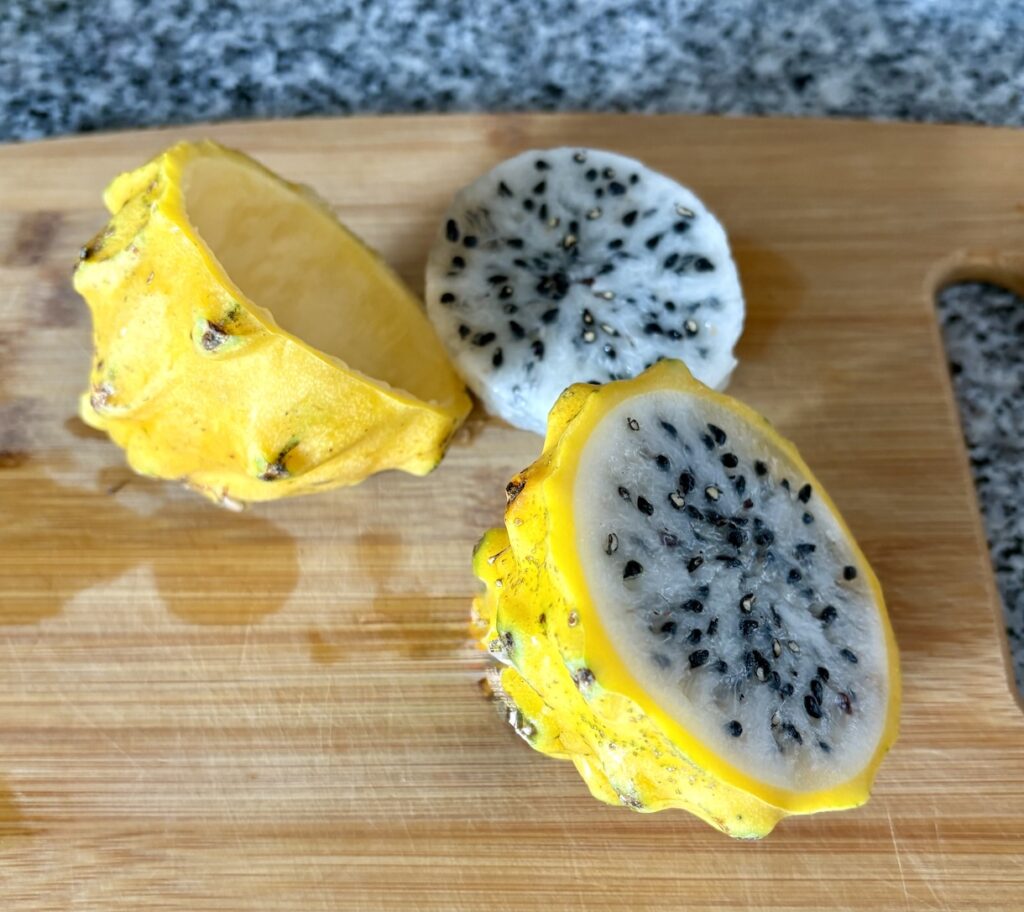
So you can’t imagine how excited I was to find a street vendor selling avocados near my house in Medellín, Colombia. He picked them perfectly every time! My assumption is that they were lula avocados, but I’m not for certain. They were massive, dark-green, and pear-shaped. Sometimes you just need a bit of help with fruit. I’m glad that I’m getting better at asking. It makes my meal way more enjoyable!
While I finally found wonderful avocados, I had a very hard time finding spicy peppers. Colombia has a reputation for bland food, making spice hard to find. I got used to Carolina Reapers in Sámara, Costa Rica. They are used to help pain management because if your face is on fire, you no longer care about your neck pain issues. Smart! After some digging and visiting many grocery stores, I finally found bags of mixed habanero peppers (chocolate, green, red, yellow, and orange… so many colors of habanero, each with their own flavor profile!).
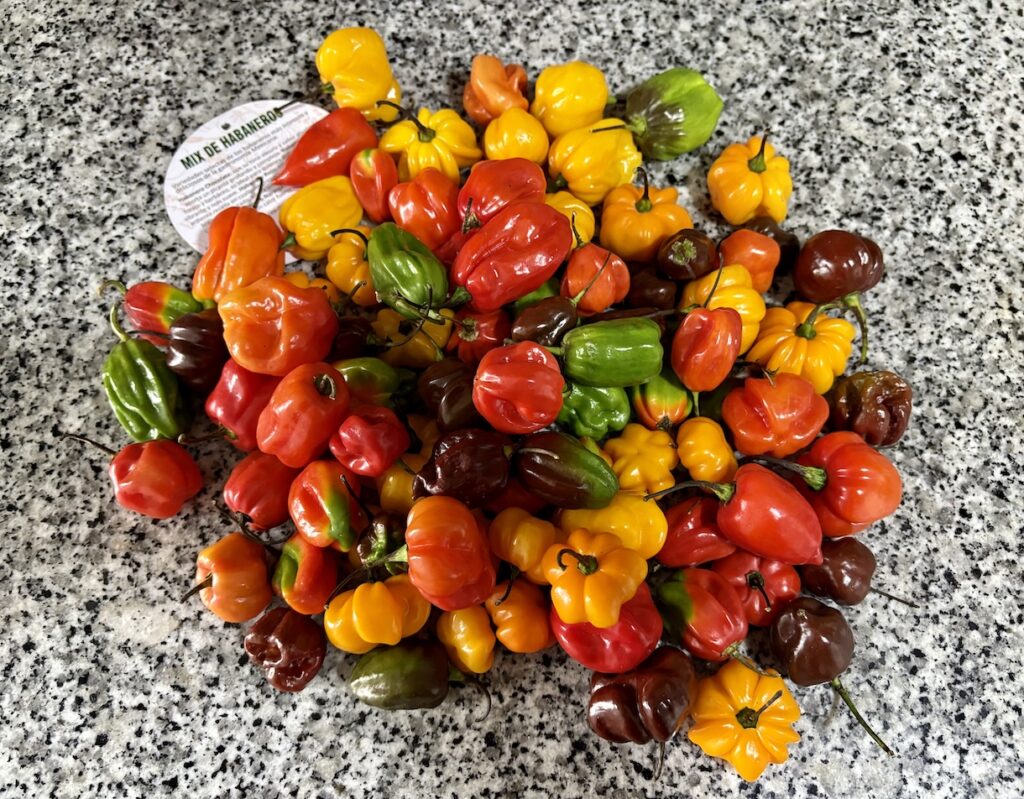
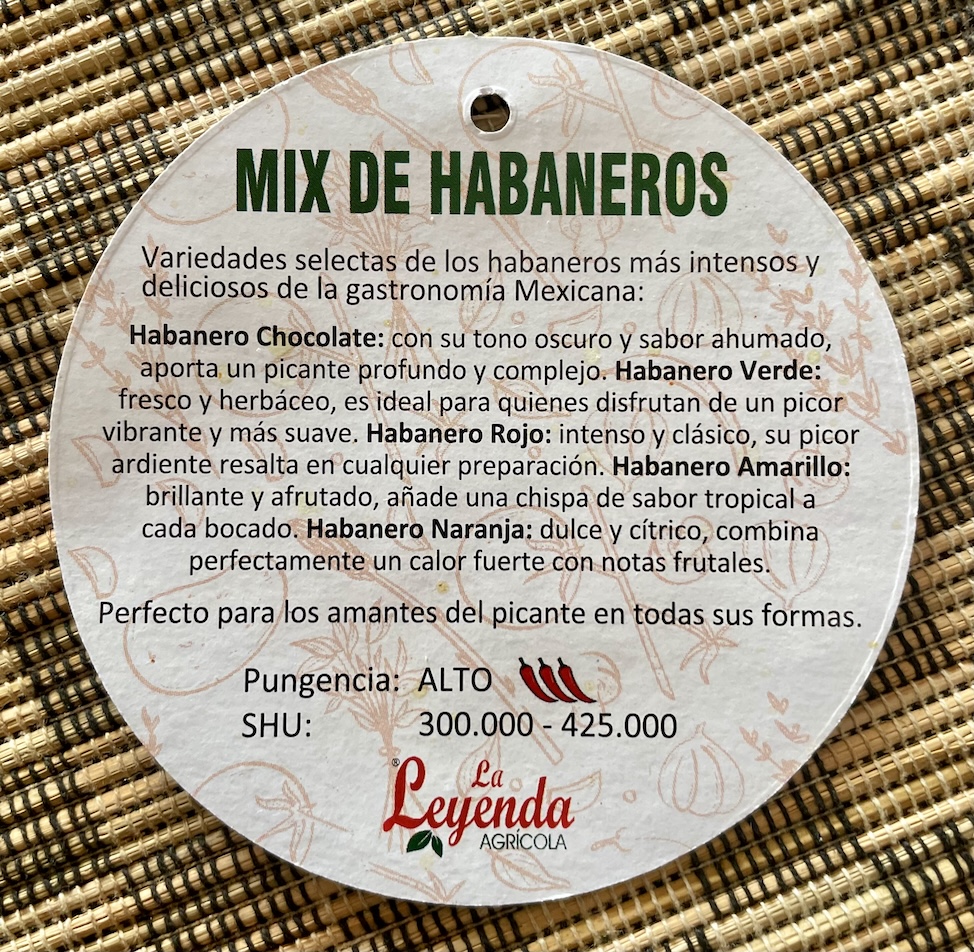
No dried peppers
While I found habaneros to make my own hot sauce, I could not find dried peppers for Thai chili jam. But I found fresh árbol chilies which are not the same but worked well enough, anyway. Sometimes you just have to roll with it. Thai chili jam is freakishly good on breakfast Venezuelan arepas with Cuban mojo chicken, Haitian cabbage slaw (Colombian cabbage is so good!) and Belizean hot sauce. I’m well aware that I’m blending cultures and each one of them would probably be upset but… noms.
Other things you should try while in Medellín include covarachía sopa (tomato soup with plantain chips) and the blood sausage. A lot of places put flour (gluten!) in sausage to act as a cheap filler, so I was very excited to find gluten-free blood sausage. They are absolutely delicious. All it takes is boiling them in a bit of water until they are fully cooked, then serve with some cooked veggies on the side. My mouth is watering now!
I’m not sure where to add this, but I should note that if you go out to eat at a restaurant, it’s considered rude for the staff to present the check before you request it. Restaurant staff will let you sit there all day long (sometimes after closing…). When you would like the check, just make the universal symbol for “check please” or ask, “la cuenta, por favor”. In Colombia, a 10% tip (propina/servicio) is included on the bill in larger restaurants, or you can ask for “la cuenta con propina” or “sin propina”. You can add more to it (amazing service) or remove it if service is especially terrible.
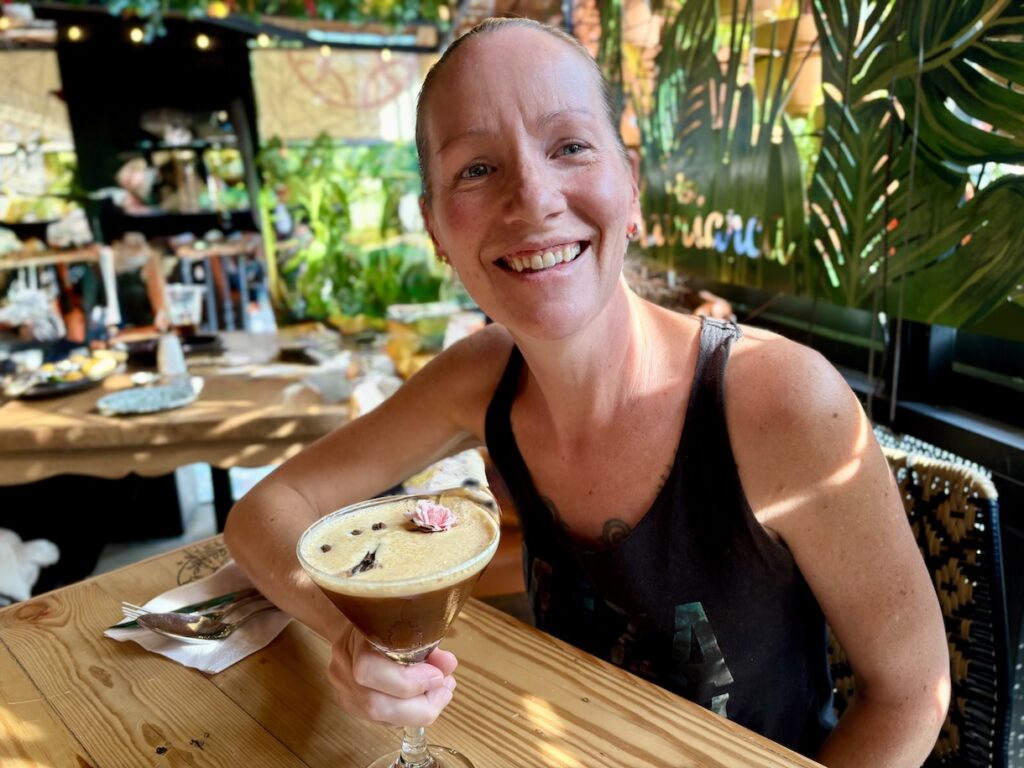
But… do not leave coins! They consider it incredibly rude, no matter the value, to tip with coins as there’s a negative connotation with panhandling. It’s a good idea to horde small bills when you get them as change for tipping at restaurants. Save those coins to pay for public restrooms!
How many papayas?
Have you ever heard the slang, “don’t give papaya” or “no dar papaya”? It’s a way of stating that you should not make yourself vulnerable to thieves or anyone who would take advantage of you. Don’t flash loads of cash. Avoid holding your cellphone out with one hand in a busy area or where a motorist could snatch it. Don’t get super drunk at a bar and walk down a dark alley at night. It’s not your fault if something happens, but it’s best to no dar papaya whenever possible.
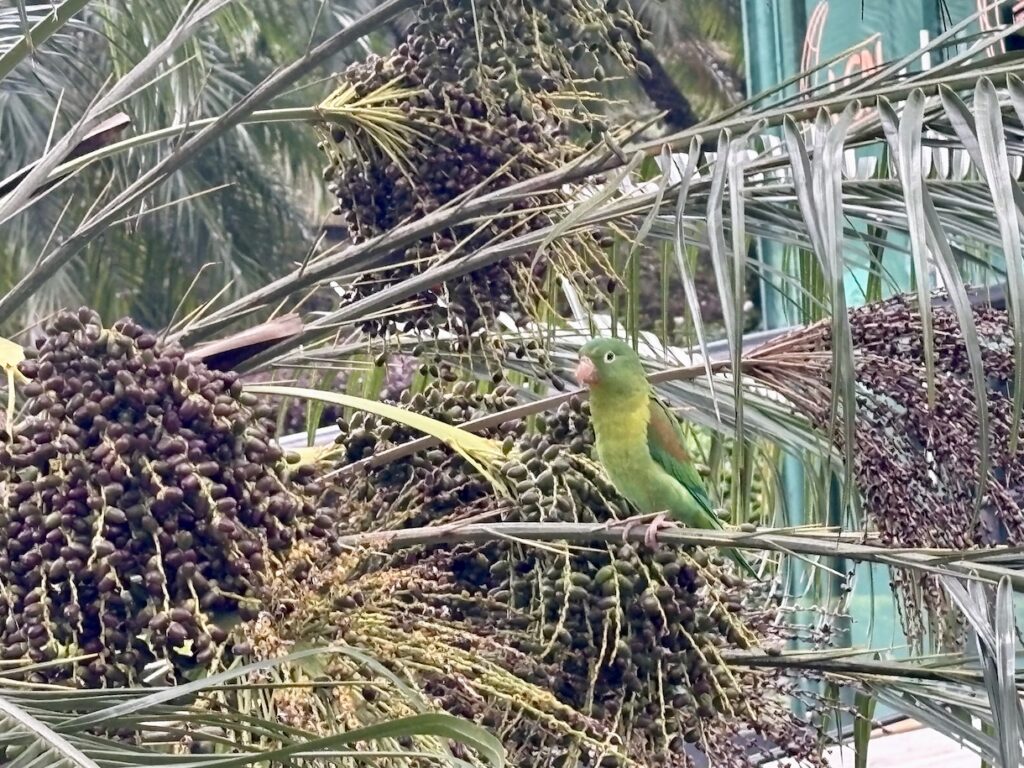
The guide for the free walking tour told our group all about the slang of “no dar papaya”. He even went a step further and rated the areas we went through with a number of papayas, depending on how risky the area was for theft. Five papayas means hide your wallets and cellphones; you could be targeted (and one of us was!). Zero papaya was for areas where you could wear your gold chains on full display, drink all you want, and take selfies with abandon.
I found this no dar papaya slang interesting, but misleading. It kind of moves the onus of protection from predators onto the victim. You must understand that it’s your responsibility to monitor your surroundings and protect yourself, but I don’t want anyone thinking it is their fault if something bad happens to them. You should be able to take a selfie without someone stealing your phone. I guess it’s more of a be careful kind of slang. No dar papaya!

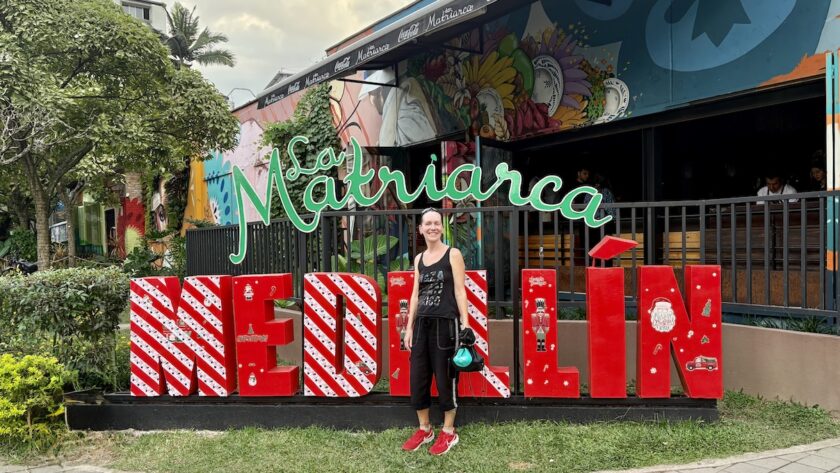



love your travel cooking blog, we’re just travel eaters at the moment. cheers